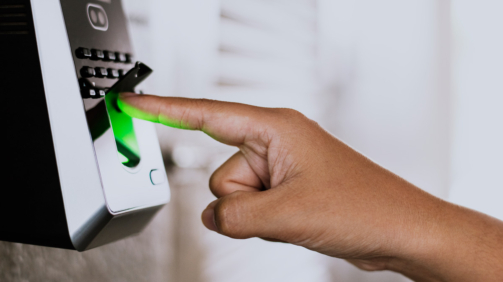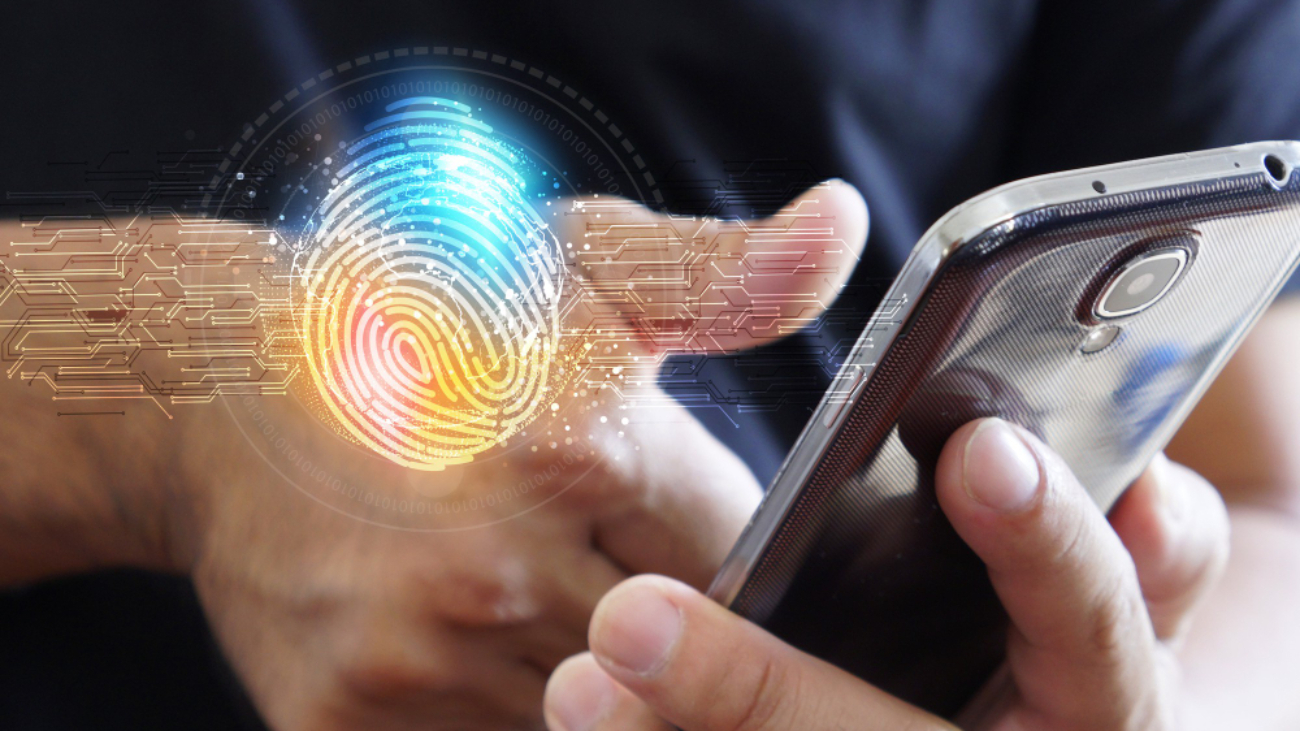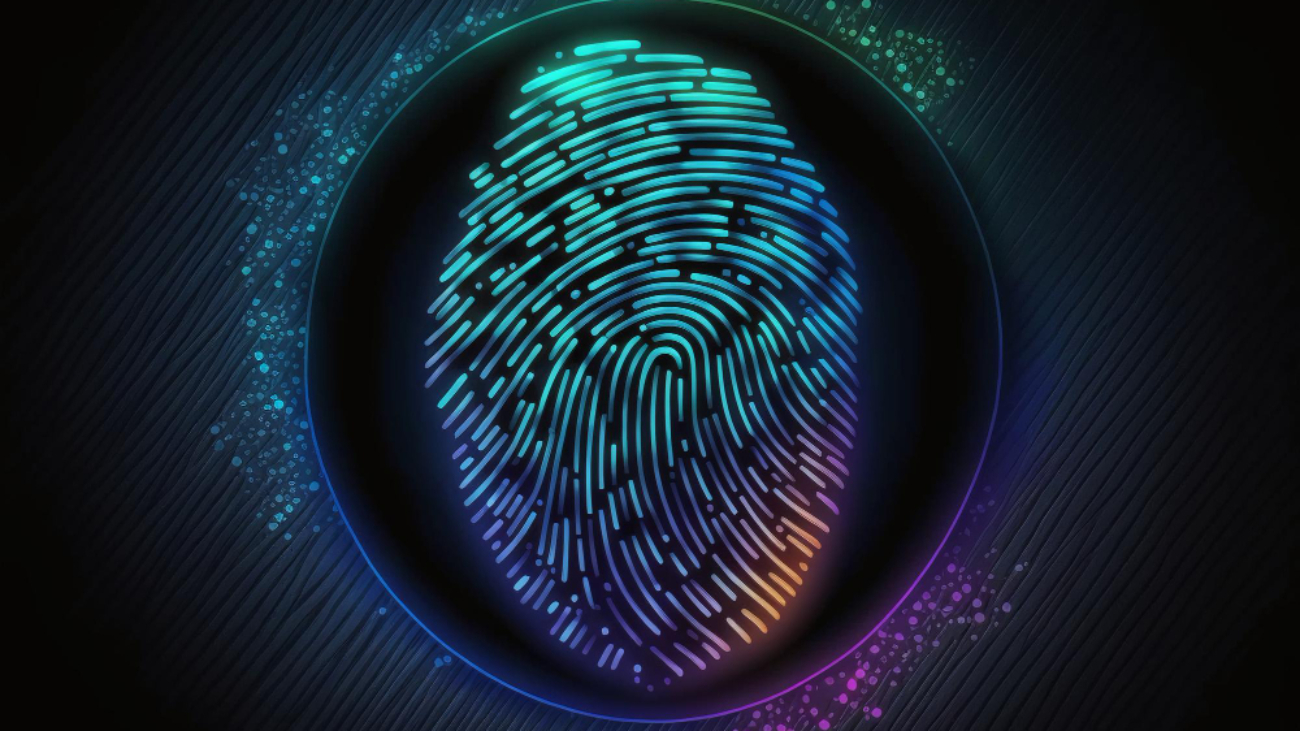Bahaa Abdul Hadi raises his voice to say that a biometric access control system is now a necessity, not a luxury. Biometric systems are currently deployed at various locations, including airports, banks, hospitals, schools, offices, and manufacturing plants. Different biometric technologies like facial recognition, voice recognition, iris recognition, and fingerprint scanning are available for a variety of projects.
Biometric technology is indispensable for verifying identity, enhancing security, and protecting sensitive information. It is crucial to carry out due diligence before buying a biometric device.
Here is your essential checklist to buy a biometric access control system as per Bahaa Abdul Hadi:
Accuracy
When it comes to biometrics, accuracy is the primary customer requirement. Accuracy is measured by several parameters, including False Acceptance Rate (FAR), False Rejection Rate (FRR), and recognition rate. Although biometric face recognition is known for high convenience, factors like ambient light, make-up, medical alterations, and recognition distance impact recognition accuracy.
User-friendliness
User acceptance is necessary for deploying biometric systems, such as face recognition and fingerprint recognition. For example, a fingerprint sensor requires contact while scanning a user’s finger. Some users may reject the sensor due to hygiene constraints. In some countries, cultural factors determine the user acceptance of biometric information, including eye scans and fingerprints.
High security
As biometric systems are also susceptible to cybersecurity threats, you should consider the security of a biometric system that you intend to deploy at your premises. Advancements in biometric systems include multi-technology fusion. For example, facial recognition combined with turnstile gate access enhances the security of a biometric system.
Affordability
Affordability is one of the key deciding factors for choosing identification hardware. However, biometric access control is no longer a traditional closed system. The openness of biometric access control systems promises a greater return on investment and provides new benefits, such as emergency alarm, security prediction, and video surveillance.
Others
The choice of a biometric access control system also depends on the access control solution environment and the size of the application. It is as much about modifying the installation environment as meeting user needs to achieve meaningful and measurable outcomes.
The growing usage of biometric devices in recent years demonstrates the undeniable importance of biometric technologies in our lives. Fingerprint identification is especially popular in the financial and prison industries, whereas iris recognition is preferred for exclusive projects due to its relatively high accuracy.
Although biometric access control systems are evolving rapidly, user awareness and acceptance play a key role in successful deployments. Accuracy, dependability, and durability are the hallmarks of a good biometric access control system. As there is no single best model for a project, you can choose from a variety of biometrics—keeping in mind your budget, needs, and user preferences, among other decision criteria.
Following a basic checklist saves you time and money in buying a biometric access control system and optimizes the potential for business growth.
Thank you for your time in the Bahaa Abdul Hadi blogs. Please visit, www.bahaaabdulhadi.com for more information.







